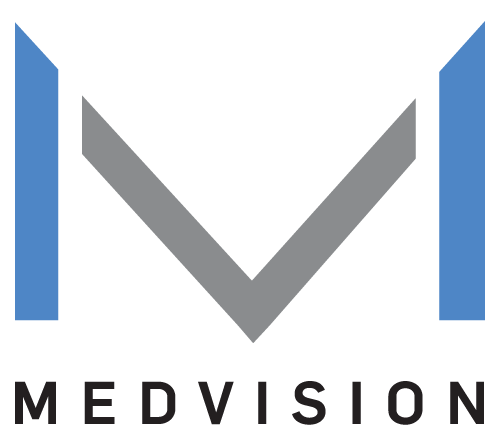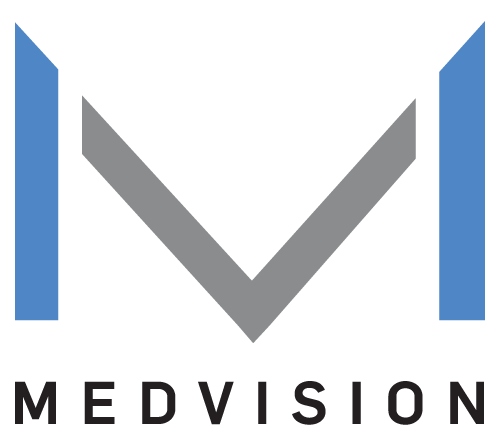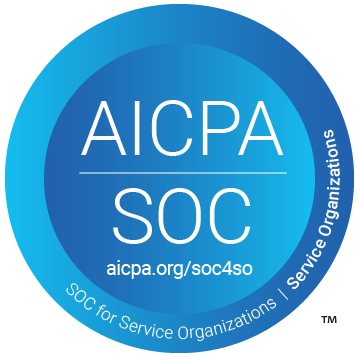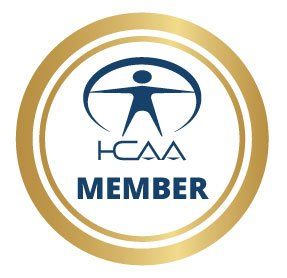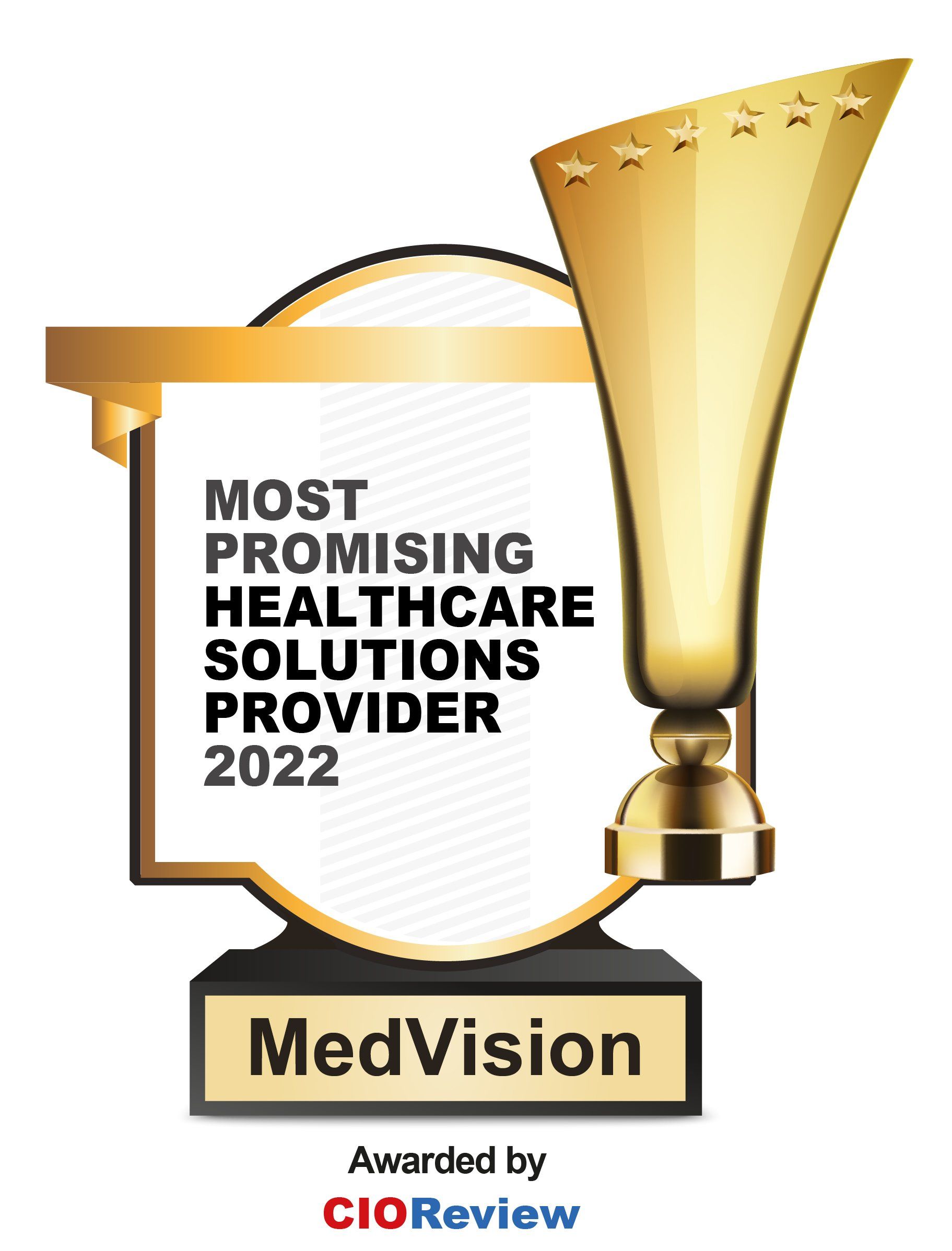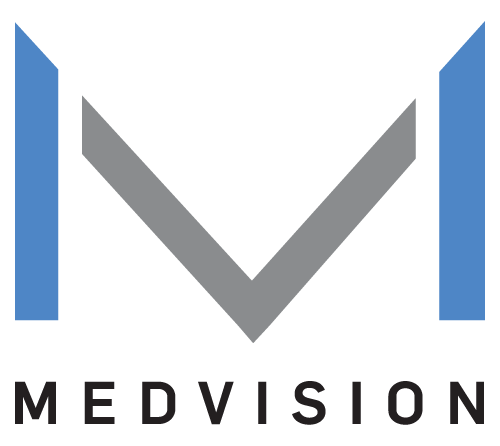What Is an MSO and How Does It Benefit the Health Population?
Running a medical practice is a full-time endeavor. It takes a lot of time and effort to properly manage human resources, payroll, and benefits. Even coding compliance and revenue cycle management take up much of a manager's time and effort. And on top of everything else, making sure you get the best pricing for supplies and services can be quite much. Management Services Organizations (MSOs) fill the gaps and address these needs to assist healthcare organizations with the non-medical aspects of operating a clinic. Non-healthcare provider investors, hospitals, physician groups, hospital-physician joint ventures, and even health plans can and may own these organizations.
An In-Depth Analysis of What Is an MSO’s Key Function
The main goal of an MSO is to help enterprises that work together in taking on risk. This is mostly true for contractual payers and regulators who provide administrative infrastructure, scalability, and technology. As part of managed care agreements, risk is starting to move from health plans to providers. The health system now owns and administers the different functions and services that health plans used to handle, like clinical outcomes. Working with a managed care organization is one of the best ways for a medical practice to spend less money on care.
MSOs come in different shapes and sizes, just like the services they provide. An MSO is board-controlled, has a structure, and functions uniquely for the risk-bearing institution it was founded for. Depending on its needs, a risk-taking organization can build or outsource an MSO for a single function or service or for many functions or services.

Shifting the Risk and Responsibility
Why is it important for the healthcare system that providers take on financial risk and make care models that are integrated and coordinated? According to the Integrated Healthcare Association, these provider delivery models are superior to typical fee-for-service (FFS) networks. The data shows that these risk-bearing providers who work in an Health Maintenance Organization (HMO) coverage model offer better care at a lower cost per person. This saves every organization and institution billions of dollars every year.
MSOs have given physicians actionable data analytics. This can help them find patients who are at risk so they can take action to improve their health. They've added care coordination employees, compliance knowledge and people to manage, scheduling and outreach for patients, provider education, audits, reporting, and legal contracting assistance. One important thing to remember is that MSOs offer services and capabilities that are tailored to the local area. This is because good health care is always local.
Implications of Establishing an MSO
One strategy providers employ in order to create economies of scale and cost savings, while at the same time maintaining their practice’s independence, is to form MSOs. Several advantages accrue to a health system when it establishes an MSO:
Better Efficiency and Price
An MSO's centralized care office makes standardization of care management throughout an organization possible. A consistent governance structure simplifies member identification, risk categorization, attribution, care management delivery, staffing, and population health reporting and analytics. Centralized performance and quality improvement allow for network-wide assessment and course correction on a regular basis. In order to take advantage of this actual potential, an MSO that offers these services must be in a position to do so.
Effects on Scale
When administrative and management responsibilities are consolidated, they become more efficient, creating a monthly economy of scale for each employee. MSO encourages the health system to look for partnerships that can boost membership and cut per-member-per-month (PMPM) management expenses by generating economies of scale.
An Incentive for Expanding the Network
MSO can be an attractive incentive for health organizations looking to grow their provider network. Because it relieves the provider of administrative and managerial duties, a strong MSO has a competitive advantage in the market.
A Multi-Payer Health Care Plan
Moving administrative responsibilities away from the health plan and into an MSO can help health systems operating in competitive, multi-payer situations. It's easier to control medical costs when the bulk of administrative tasks are in your hands. An MSO that is both payer agnostic and firewalled gives managed care organizations (MCOs) peace of mind during contract negotiations. They can also help maximize the percentage of global risk that the risk-bearing entity has access to, including the possibility of capitulation.

Integrating Technological Advancements for MSOs
A large group of physicians in the United States has traditionally opposed risk-based payment and managed care. In addition, there are major obstacles to admission into the market for providers prepared to take on the risk. Many physicians prefer to remain in a FFS model rather than take on financial risk. When doctors assume financial risk for their patients' outcomes, they perform better and contribute more to the healthcare system. The model of value-based payment is the reason why Medicare has shifted away from FFS payment. It has resulted into what is an MSO’s primary function today.
MSOs may benefit from the customizable user interface (UI) provided by QuickCap 7 (QC7), which can conduct both simple and complicated administrative chores while helping MSOs to cut down on needless fees and expenses.
Health plan auditing, main and specialty capitation payment structures, and automated claim adjudications are just some of the features provided by MedVision's QC7, the administrative and management platform that you need with strong HIPAA-based, encryption-enabled security.
Improve the delivery of healthcare services!
Reference:
- Milliman, Chris Girod, July 16, 2018, Healthcare Under the Delegated Risk Model in California: Lower Cost, Higher Quality. Accessed at https://www.healthcaretownhall.com/?p=9535#sthash.qlBOGSPx.dpbs.
Explore Related Blogs
Recently published articles
Keep in touch
Subscribe to get the latest update
Than you!
You have successfully subscribe to our blog updtes!
Please try again later
Trending topics
Upcoming events and company news
Connected Healthcare
SOC Certification Achievement
MedVision has successfully met the criteria outlined in the SOC (System and Organization Controls) audit for service organizations. This certification demonstrates MedVision’s adherence to rigorous standards for security, availability, processing integrity, confidentiality, and privacy.
As a service provider managing sensitive data and overseeing critical functions on behalf of clients, this certification underscores MedVision’s commitment to maintaining high standards of operational excellence and data security.
HITRUST Risk-Based 2-Year Certification Achiever
The Health Information Trust (HITRUST) is a standards organization dedicated to security, privacy, and risk management. They developed the HITRUST Common Security Framework (CSF), which assists organizations in maintaining a comprehensive and secure approach to HIPAA compliance and managing risks. HITRUST is widely recognized as the benchmark in data security and privacy.
Certified Member of HCAA
The Health Care Administrators Association is the nation's largest nonprofit trade association for third-party administrators, stop loss insurance carriers, managing general underwriters, audit firms, medical managers, technology organizations, pharmacy benefit managers, brokers/agents, human resource managers, and health care consultants. HCAA has spearheaded the change of self-funding for more than 35 years.
Share and post page directly to social media.
Ready to get started?
Call us @ 847 - 222 - 1006
LINKS
GET IN TOUCH
3233 N. Arlington Heights Rd.,
Suite 307, Arlington Heights, IL 60004
Phone:
847-222-1006
Fax: 847-222-1066
STAY INFORMED
Subscribe to our blog updates!
Blog Subscription
Than you!
You have successfully subscribe to our blog updates!
Oops, there was an error in sending your message. Please try again later
LINKS
GET IN TOUCH
3233 N. Arlington Heights Rd.,
Suite 307, Arlington Heights, IL 60004
Phone :
847-222-1006
Fax :
847-222-1066
STAY INFORMED
Subscribe to our blog updates!
Medvision | All Rights Reserved.
